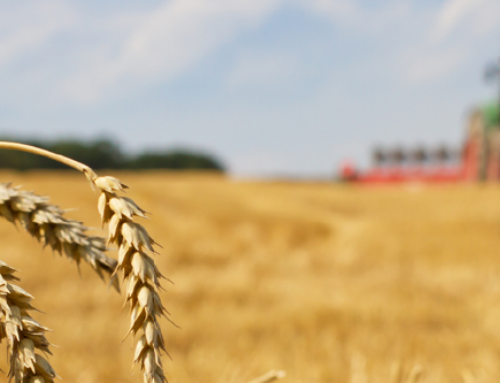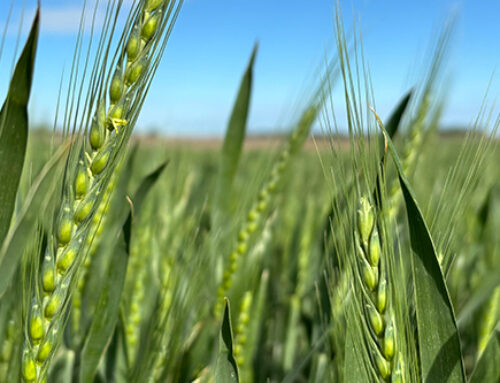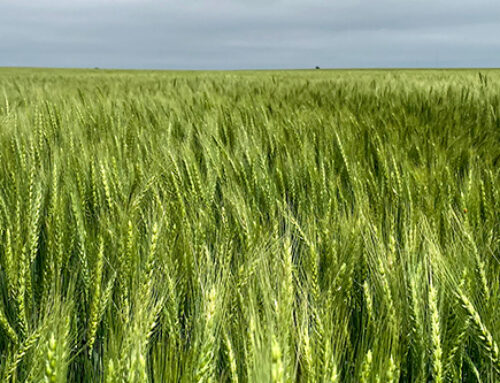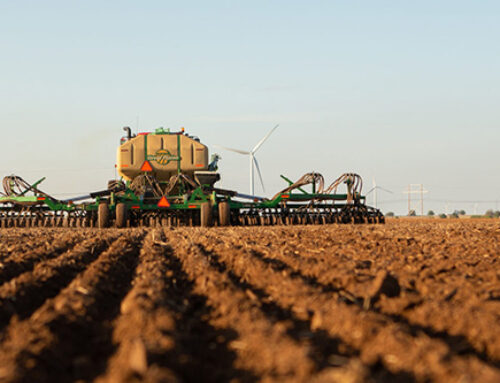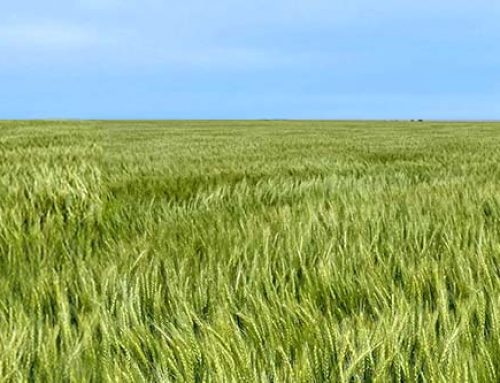With the good winter moisture that we received over the High Plains, we have had some very good early growth on our wheat crop. Cattle producers have been able to take advantage of this grazing potential which hopefully has resulted in good weight gain on their animals.
But wheat grazing season is rapidly coming to an end. In parts of our southern territory, we have already reached those critical stages to where cattle need to be pulled off wheat. If the intent is to maximize grain yield, it is important to pull cattle off wheat pasture prior to the wheat jointing stage. Jointing stage in wheat occurs when the head begins to move up from the crown of the plant. Once the head is above ground, it is vulnerable to being clipped off by grazing.
To check for the first signs of jointing wheat, find a non-grazed plant and look for separation of the wheat head away from the crown. Check the larger tillers. If there is separation of the head from the crown, there will be hollow stem between the head and the crown. If there is separation, it is time to pull the cattle off. Delays in pulling cattle off can cause up to 3-5% yield loss per day, depending on how rapidly the wheat is growing.
We are here to help!
Your Crop Quest Agronomist can help monitor the growth stage of your wheat so you can maximize your grazing potential, while maintaining as much grain yield as possible. We can also help evaluate any additional fertility needs caused by grazing. Cattle do remove nutrients from the wheat – mainly nitrogen, so supplementing wheat with additional nitrogen after the cattle have been removed will help with healthier wheat growth and maintain higher yields.
Wheat has the ability to recover quite well from grazing, especially in years with adequate moisture. But don’t delay pulling cattle off once we reach these critical growth stages.

